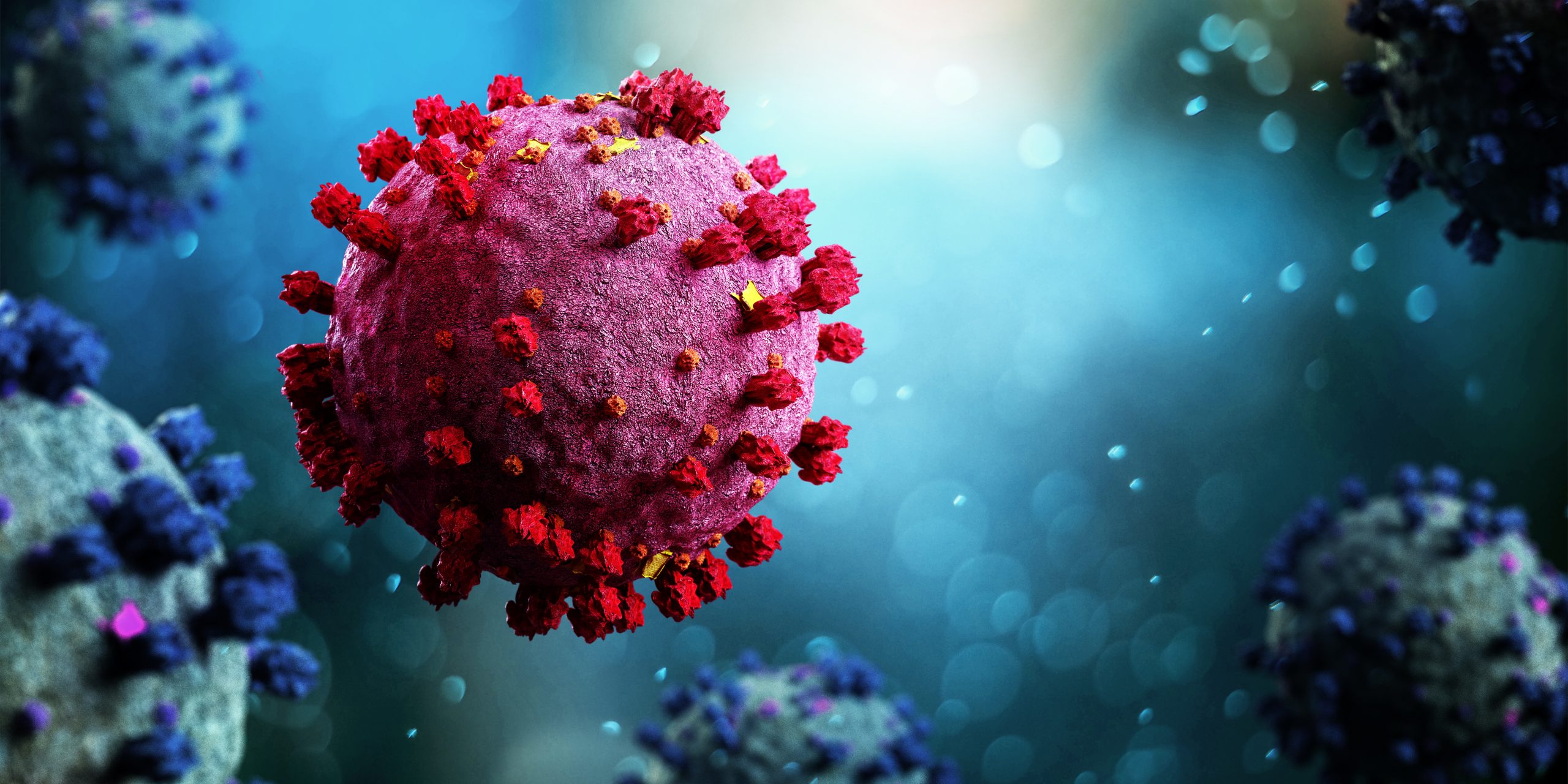Treating COVID-19 patients with hyperbaric oxygen
Feldmeier JJ, Kirby JP, Buckey JC, et al

The movement for a physiologic and biochemical rationale
The SARS-Cov-2 (COVID-19) pandemic continues worldwide. It remains a major global public health issue, with variants arising to challenge the medical community’s efforts.
Improved supportive and anti-inflammatory intervention – which often employs known drugs or technologies – has provided measurable improvement in management. Plus, we have recently seen advances in specific therapeutic interventions and in development and distribution of vaccines. Nevertheless, it will be many months before most of the world’s population can be vaccinated to achieve herd immunity.
In the interim,
hyperbaric medicine – the use of hyperbaric oxygen (HBO2)
– offers several potentially beneficial therapeutic effects. HBO2 delivers oxygen in extreme conditions of hypoxemia and tissue hypoxia, even in the presence of lung pathology. It provides anti-inflammatory and anti-pro-inflammatory effects likely to mitigate the over-exuberant immune response common to COVID-19. Plus, unlike steroids, HBO2 exerts these effects without immune suppression. One study suggests HBO2 may reduce the hypercoagulability seen in COVID patients. It also helps to address the oxygen debt expected to arise from a prolonged period of hypoxemia and tissue hypoxia.
How hyperbaric medicine joined the battle
As COVID-19 accelerated in early 2020 many patients deteriorated rapidly, became ventilator-dependent, and died. Clinicians and medical researchers sought strategies to treat and prevent this worldwide public health threat. Initially, they employed existing technologies and medications because no specific therapies were available, and care was mostly supportive. Some inquired about and even recommended hyperbaric oxygen treatment because of its demonstrated success in providing oxygen and reducing end-organ damage in patients with severe hypoxemia due to carbon monoxide poisoning or severe anemia. Then, reports of successful hyperbaric treatment of COVID-19 began to circulate.
A publication from China reported dramatic results in five critically ill patients treated with HBO2. A second five-patient case series published by Thibodeaux, et al. showed that patients who received hyperbaric oxygen avoided mechanical ventilation, even when intubation seemed imminent. Gorenstein and colleagues reported a study of 20 patients treated with hyperbaric oxygen compared to propensity score-matched controls, concluding that HBO2 is safe and possibly effective. Additional unpublished anecdotal reports aggregating a total 70 patients show impressive and rapid improvement in compromised patients even in the setting of progressive respiratory failure [6-9]. A typical course of hyperbaric oxygen in these series was five daily treatments at 2.0 ATA pressure.
One physician shared her personal experiences treating 19 COVID-19 patients with hyperbaric oxygen, which included patient monitoring via transcutaneous oxygen. These measurements were done during and after hyperbaric treatment and upon returning the patient to the ICU or hospital bed. She observed that transcutaneous oxygen proved useful as a monitoring tool, and outcomes were favorable.
With the continued increase in the incidence of COVID-19 -holidays we are gaining a much-improved understanding of which treatments are effective and which are not. Much of this evolution in treatment has been through using known medications in new applications. The NIH has published and continuously updates its Coronavirus Disease 2019 (COVID-19) Treatment Guidelines (accessed on 26 December 2020) [13]. This publication provides broad guidance on the management of patients with COVID-19. Specific guidance is given for pharmacologic interventions, and each is assigned a grade for level of evidentiary support. A discussion of hyperbaric oxygen, however, is not included in these guidelines.
The UHMS is helping spread the word about treating COVID with HBO2
This lack of information about hyperbaric medicine spurred action from within the hyperbaric community. The UHMS tasked its Research Committee – in concert with additional members with special experience, knowledge, and interest – to develop recommendations and advice for treating COVID-19 with hyperbaric oxygen. The result is a paper that describes the promising physiologic and biochemical effects of hyperbaric oxygen in COVID-19 and potentially in other disorders with similar pathologic mechanisms.
The paper covers the background and key aspects of COVID pathology and pathophysiology, the extreme respiratory failure that can result in hypoxemia and tissue hypoxia, exaggerated immune response with resulting inflammatory response, hypercoagulability, and oxygen debt that can occur with later stages of the disease.
It answers these problematic issues in treating COVID patient by describing favorable mechanisms offered by hyperbaric oxygen such as acute restoration of adequate oxygen blood and tissue levels, reduction of inflammation induced by the exaggerated immune response to COVID, amelioration of Hypercoagulopathy, repayment of oxygen debt, and mobilization of stem cells and its impact on mesenchymal stem cells.
Moving ahead
We encourage the development and conduct of well-designed clinical trials investigating hyperbaric oxygen as part of a multimodality treatment of COVID-19 patients. A list of ongoing and completed trial is available on the UHMS website
( https://www.uhms.org/images/Position-Statements/HBO2_and_COVID_8-10-2020_clinicaltrials_8-12-2020.pdf ).
As experience in treating COVID patients has increased it has become evident that a subpopulation of patients who survive the acute infection may experience persistent symptoms for weeks and even months. Indeed, some of these patients will experience permanent sequelae. Future efforts are being directed to study these long-term consequences and depending on the ultimately demonstrated causes of these sequelae, some of the beneficial effects of hyperbaric oxygen may merit study here as well.
Taken from:
Feldmeier JJ, Kirby JP, Buckey JC, et al. Physiologic and biochemical rationale for treating COVID-19 patients with hyperbaric oxygen. Undersea Hyperb Med. 2021;48(1):1-12.
The free-access paper is available on the UHMS website at: https://www.uhms.org/images/MiscDocs/Physiologic_and_biochemical_rationale_for_treating_UHM_48-1.pdf
Categories
Contributing Specialists

